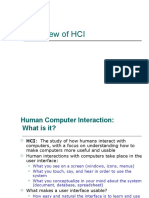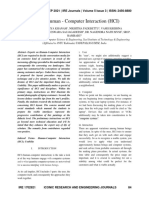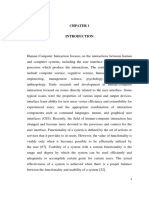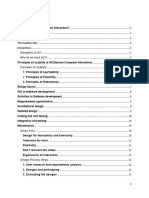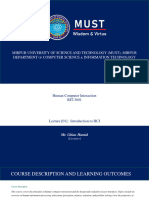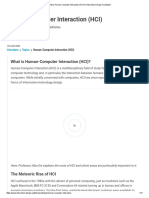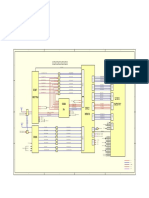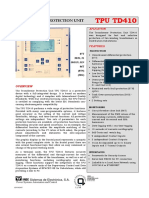0% found this document useful (0 votes)
521 views7 pagesProject Report On Human Computer Interaction
Project report on human computer interaction
Uploaded by
Vivek RawatCopyright
© © All Rights Reserved
We take content rights seriously. If you suspect this is your content, claim it here.
Available Formats
Download as PDF, TXT or read online on Scribd
0% found this document useful (0 votes)
521 views7 pagesProject Report On Human Computer Interaction
Project report on human computer interaction
Uploaded by
Vivek RawatCopyright
© © All Rights Reserved
We take content rights seriously. If you suspect this is your content, claim it here.
Available Formats
Download as PDF, TXT or read online on Scribd
/ 7














